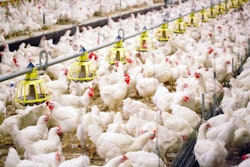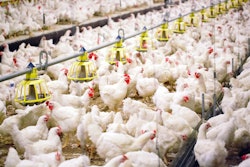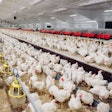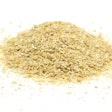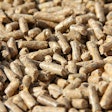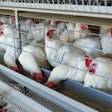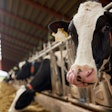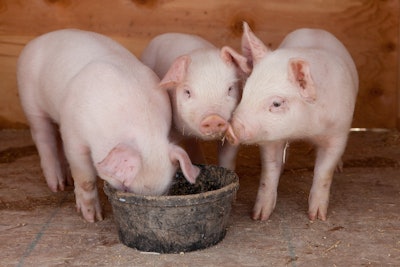
Despite the fact the EU does not produce much in terms of local soybeans, the global commodity nature of the latter continues to make it the No. 1 protein source in young animal feeds. Here is a list of the current trends in feeding young animals in the EU based on my discussions within my own network.
1. Soybean meal. Yes, the good old soybean meal from solvent-based oil extraction containing 44% to 48% crude protein. With the increase in weaning age from 21 to 28 by law in the EU, the usage of soybean meal without further treatment has increased. This is based on science and experience. It has not replaced 100% of all other protein sources, but in some formulas, it has made an entry, whereas in others its inclusion rate has increased. The persisting inflation climate in the EU has also played a small role in this.
2. Specialty soy proteins. Starting from soy protein concentrate and including a good array of other soy products that provide a similar effect, specialty soy products remain a good source of protein/amino acids at a relatively reasonable price. As we discussed last week, the total volume has decreased in the past few years, but I believe this is because we have fewer pigs to feed these days in the EU.
3. Fish meal. This lost ingredient has made a significant comeback, perhaps because aquafeeds are looking more intensively these days into vegetable-derived proteins. This might be the reason, along with past events, why animal plasma is not as strong as it was in the past.
4. Milk proteins. These are used extensively in milk replacers, mostly for young ruminants, and feeds for piglets. The inclusion level in piglet feeds has been reduced for several reasons during the past 10-20 years, and this is why they received such a low place in this list. On the other hand, milk proteins are being replaced in low-cost milk replacer formulas by vegetable proteins.
5. Vegetable proteins. This category includes products such as wheat gluten, pea protein, potato protein and other refined sources of proteins. A decade ago, they used to have a better share of this market, but they have lost their edge – again, for many reasons – and today they are in the decline.
6. Animal plasma. This is a great product that could have retained a significant market share if not expanding it, but its use has declined, based on my own experiences. I do not want to get into details, but its super expensive price has made it very difficult for many feed formulators to justify it to their supervisors.



